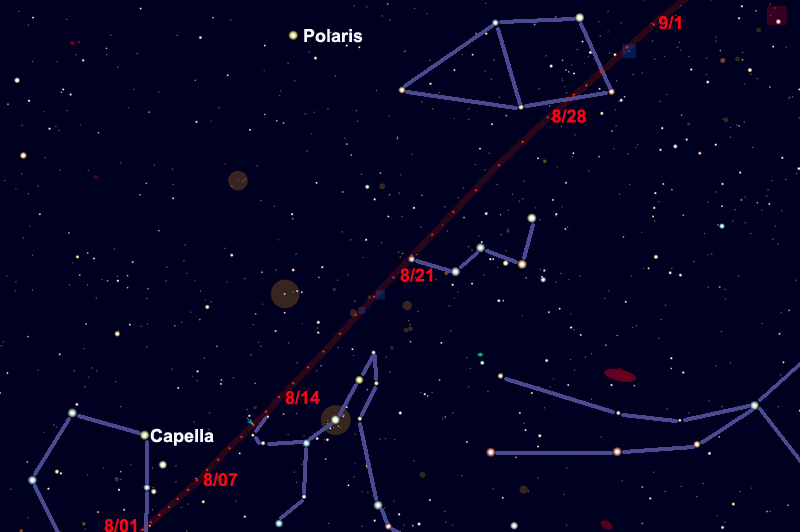Kansas City, MO)–The Astronomical League is pleased to announce the top finishers in its youth award programs for 2014. The first-place winner in the National Young Astronomer Award (NYAA) program is Pranav Sivakumar, from Tower Lakes, Illinois. A freshman at Barrington High School, Barrington, Illinois, his astronomical project uses a novel method developed to identify gravitationally lensed quasars from the Sloan Digital Sky Survey. Understanding gravitational lensing can help decipher the properties of dark matter and dark energy.
The second-place winner is Katie Shen who lives in Potomac Falls, Virginia. Katie, a junior at Loudoun Academy of Science in Sterling, Virginia, titled her research project, “ Census of HII Regions in Sloan Digital Sky Survey.” These are regions of actively forming stars inside galaxies.
The top two finishers have each won an expenses-paid trip to receive their awards at ALCon, the national convention of the Astronomical League, being held in San Antonio, Texas, July 9-12, 2014. In addition, the first place winner will receive a special telescope from Explore Scientific, sponsor of the National Young Astronomer Award program.
The 2014 first-place winner of the League’s Jack Horkheimer/Smith Service Award, is Hagan Hensley, whose hometown is San Antonio. Hagan’s tremendous contribution to outreach activities for his astronomical society, the San Antonio League of Sidewalk Astronomers, earned him this award which is sponsored by the family of the late Jack Horkheimer, of the PBS astronomy program Jack Horkheimer: Star Gazer. In addition to receiving his award, Hagan will receive a $1,000 check in recognition of this special achievement.
GE Austin, is the 1st place winner of the Jack Horkheimer/O’Meara Journalism Award for 2014. The title of his essay was “The Mass of Life”. He lives in the state of Oregon and will be receiving his award in person at ALCon 2014. He will also receive a $1,000 check for his special 1st place essay.
Our NYAA and Horkheimer Service awards are open to high school age youth. The Horkheimer Journalism award is open to youth ages 8-14. For specific entry guidelines, please refer to the Astronomical League website test.astroleague.org.
Continue reading







 Having been “bitten by the bug” as a young boy in the 1950s, Jim began his amateur astronomy “career” as a member of a “Junior Moon-Watch Team,” eagerly awaiting the launch of the first artificial Earth satellites during the International Geophysical Year toward the end of that decade. But, unlike the young man in Walt Whitman’s famous poem, he never tired of the “Learn’d Astronomer” and quickly grew tired of simply gazing up at the beauty of the stars. He wanted to “Do something to contribute.”
Having been “bitten by the bug” as a young boy in the 1950s, Jim began his amateur astronomy “career” as a member of a “Junior Moon-Watch Team,” eagerly awaiting the launch of the first artificial Earth satellites during the International Geophysical Year toward the end of that decade. But, unlike the young man in Walt Whitman’s famous poem, he never tired of the “Learn’d Astronomer” and quickly grew tired of simply gazing up at the beauty of the stars. He wanted to “Do something to contribute.”
